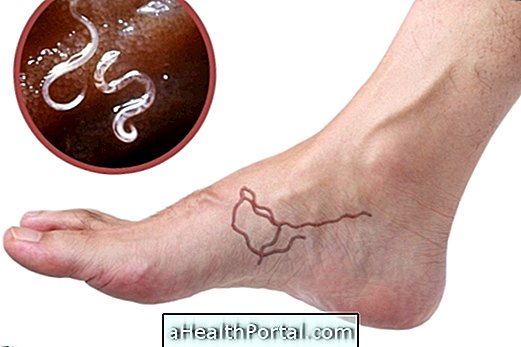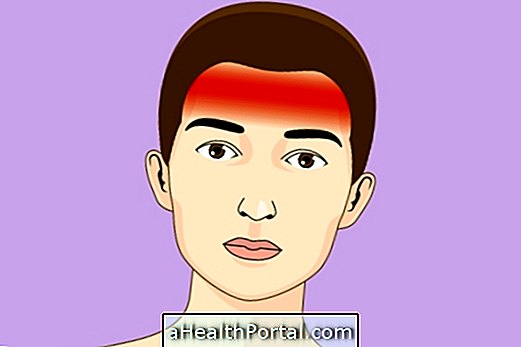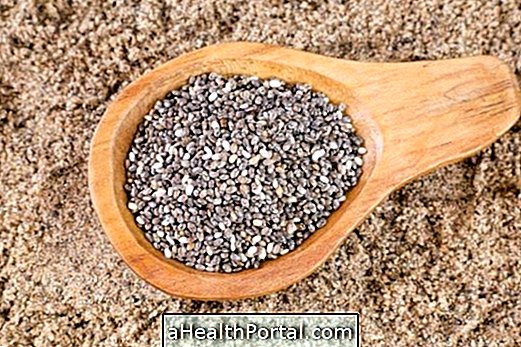The symptoms of rheumatism in bones are related to the swelling and pain caused by inflammation of the joints, which originate in diseases such as osteoarthritis, osteoarthritis, lupus, fibromyalgia, and rheumatoid arthritis, for example. Learn how to identify rheumatoid arthritis.
Rheumatism is a group of diseases that affect muscles, bones and joints and can affect anyone. Thus, rheumatism in the bones corresponds to diseases that lead to inflammation and pain in the bones and in the joints. Understand what rheumatism is.

Main symptoms
In general, symptoms of rheumatism are more common in the joints of the knee, hip, neck or feet, and include:
- Joint pain;
- Swelling and redness of joints;
- Difficulty in moving joints, especially when waking up;
- Pain in the muscles near the joint;
- Difficulty lifting shoulders up to the neck;
- Difficulty stretching arms over head;
- Generalized tiredness.
Bone rheumatism can occur at any age, and is more common in people with a family history of rheumatic diseases, such as lupus or gout.
What causes
Rheumatism in bones is usually associated with aging, due to progressive stiffening of the joints, however it can occur in people of any age and is usually related to ostearticular or autoimmune diseases such as osteoarthritis, lupus and rheumatoid arthritis, for example . See what are the main causes of bone pain.
Possible consequences
It is important that the cause of pain in the bones and joints is identified quickly, otherwise it may greatly limit movement and lead to complete deterioration of the joint, interfering with the person's quality of life.
When to go to the doctor
It is important to see a doctor if symptoms persist for more than 6 months, especially if there is redness, swelling or warmth in the area of pain. Find out which are the best remedies for rheumatism.
To assess the cause of the pain, your doctor may order blood tests, x-rays, or MRIs, for example, and then start the appropriate treatment for the cause. When discovered early on, it is possible to control well the symptoms of rheumatism and lead a normal life. Learn about some home treatment options for rheumatism in the bones.
In addition, it is interesting for the person to undergo physiotherapy with the objective of strengthening joints and preventing their deterioration and supplementing with calcium to prevent bone demineralization. Know the benefits of calcium.



















-o-que--quando-fazer-e-como-funciona.jpg)



